Neglected species: Conserving reptiles on the Caribbean critical list
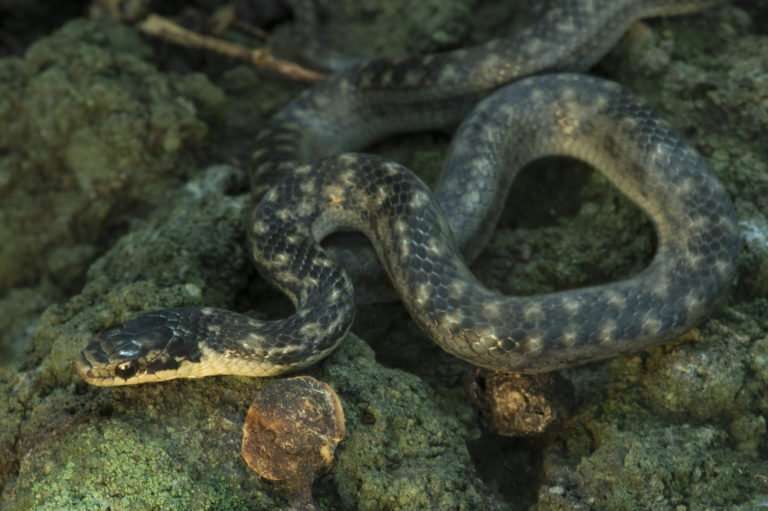
Antigua has a beach for every day of the year. It's one of the mantras routinely trotted out in the tourist brochures. Ask the average person what images the word 'Caribbean' conjures up, and the clichés will come quick and fast, with crystal-clear waters, sun-soaked sandy beaches and calypso cricket featuring prominently.
Here's a less familiar fact: the Caribbean has seen more reptile extinctions than any other region in the world, accounting for over 60% of all reptile species lost worldwide. Reptiles also feature prominently on the current list of the region's 400+ critically endangered species – tour guides please note, that's more than one for every day of the year – crying out for urgent conservation attention to ensure that they don't suffer the same fate.
So far, so terrible, but here's the good news: we may not be able to resurrect the Caribbean species that have already gone the way of the dinosaurs, but even the most critically endangered reptiles can be brought back from the brink. It's not rocket science, although rockets do feature later in this story. And we're not talking about extracting their DNA from mosquitoes embedded in amber. All it takes is sufficient resources and the right approach.
How can we be so sure? To coin another well-worn tourist phrase, we've got the T-shirt. Fauna & Flora International (FFI) has been active in the region since 1994, mainly in the Eastern Caribbean. We have undertaken vital conservation work in 15 countries and territories – always at their invitation.
By addressing the key threats to the region's reptiles and other endangered plants and animals, FFI and our partners have saved at least a dozen critically endangered Caribbean species from extinction and reversed the decline of many more. Those threats obviously vary from species to species, but there are certain recurring themes where reptiles are concerned.
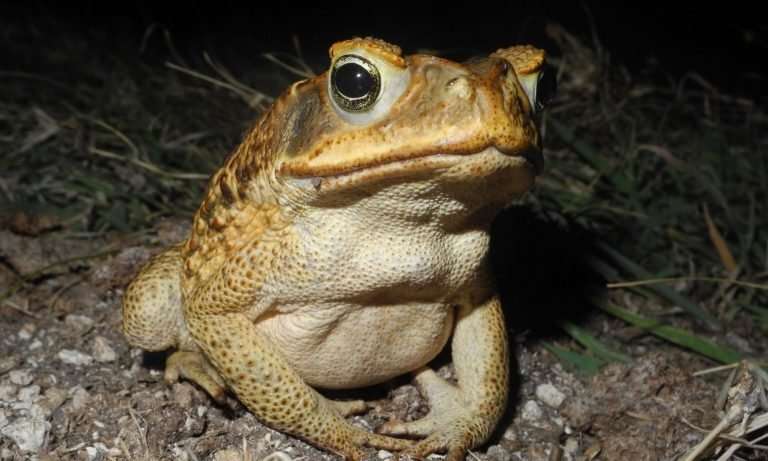
Reptiles in retreat
Invasive alien species – from rats, mice and mongooses to feral cats and goats – have taken a devastating toll on Caribbean reptiles, often directly, through predation, or indirectly, by destroying their habitat and competing for the same resources.
In many instances, the threat posed by non-native species has been compounded by needless persecution (especially in the case of snakes) or illegal wildlife trade to satisfy our taste for meat, leather, trinkets and exotic pets.
We have been working to combat these threats for more than a quarter of a century. A notable feature of our efforts has been the removal of harmful invasive species – particularly rats and mongooses – leading to the miraculous recovery of species and ecosystems that others had written off as beyond hope or irreparably damaged.
Our work also encompasses other conservation measures that are equally crucial for long-term success. These include improving the management of protected areas, encouraging sustainable use of natural resources, combatting illegal wildlife trade, building local, national and regional conservation capacity, and promoting nature-based solutions to climate change.
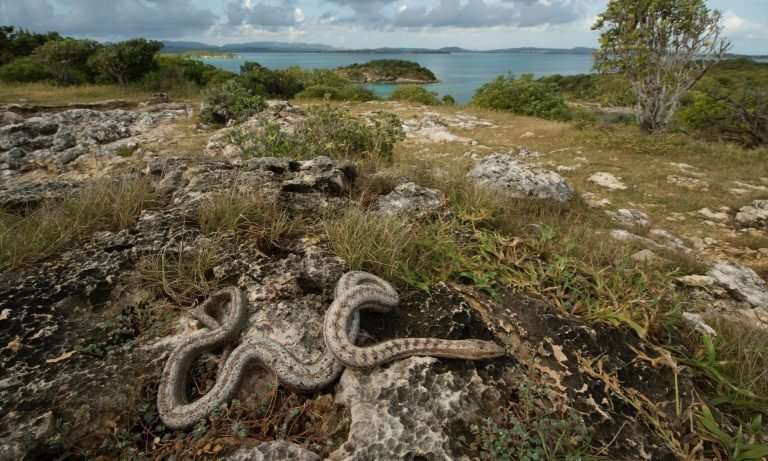
Rescuing racers
As flagship success stories go, FFI's award-winning project to rescue a harmless, unspectacular Caribbean serpent takes some beating. In 1995, when we first intervened, the Antiguan racer was probably the world's rarest snake, with a total population of just 50 individuals on one tiny offshore islet.
A little over 25 years later, thanks to a recovery programme that included eradication of invasive predators, a nationwide snake charm offensive and reintroduction to newly restored, rat-free islands, snake numbers have increased well over twentyfold. The racer has become a tremendous source of national pride and a diminutive, scaly standard-bearer for Antigua's biodiversity as a whole.
The knock-on effects of the Antiguan racer work reverberate around the region to this day. We are currently working with local partners to save the unrelated Saint Lucia racer, which has inherited the unwelcome 'world's rarest' mantle.
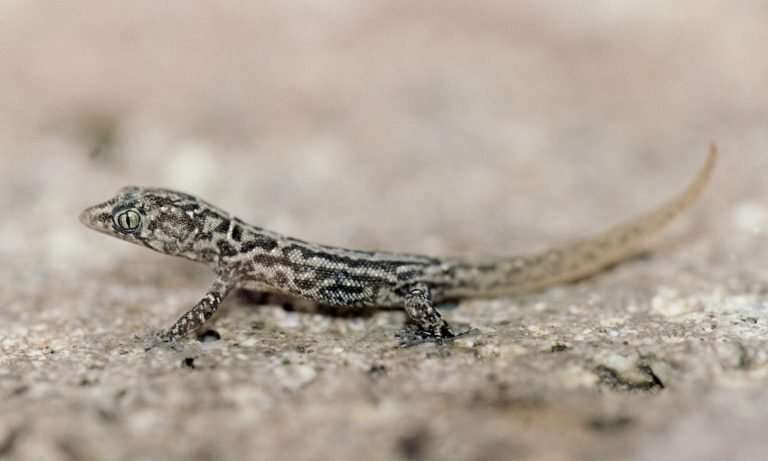
Yes, we have more iguanas
In 1997, a little-known lizard, the White Cay iguana, was on the brink of extinction. A never-ending onslaught of harassment, nest-raiding and hatchling predation by an army of invasive black rats was driving this besieged reptile off a metaphorical cliff on its 15-hectare home in the Bahamas. To add onslaught to injury, a solitary raccoon somehow found its way onto the island and proceeded to slaughter the hapless iguanas as they slept.
Cue the arrival of the conservation cavalry in the shape of the Bahamas National Trust, which disposed of the masked bandit, plus two FFI volunteers – fresh from their rat eradication success in Antigua – who led a two-week counter-offensive against the rodent invaders.
The iguana population has since risen exponentially from an all-time low of roughly 150 to more than 2,000 individuals. All it took to kick-start this dramatic recovery was the removal of one rogue raccoon and a small colony of tyrannical black rats.
Anti-rocket science
One of the least visited islands in the UK Overseas Territories, Sombrero is a deforested, 38-hectare slab of rock. In 1999 a foreign aerospace company proposed turning it into a rocket launch pad, confidently stating this would 'have little, if any, long-term effect' on the island's wildlife.
FFI begged to differ. We joined forces with the Anguilla National Trust, RSPB and Montana State University to conduct a more thorough impact assessment. Despite its small size, Sombrero supports one of the most important seabird colonies in the Caribbean, unique invertebrates and at least two native lizard species that occur nowhere else in the world.
Our survey revealed that just a few hundred Sombrero ground lizards remained and they would not survive the development. Our timely intervention halted the countdown to extinction for this lively black lizard and numerous other native species. Today they face new threats in the shape of invasive mice and a changing climate. FFI and Anguilla National Trust are riding to the rescue once more, and this time we are aiming to restore Sombrero to its former glory, as we recently did with the island of Redonda.
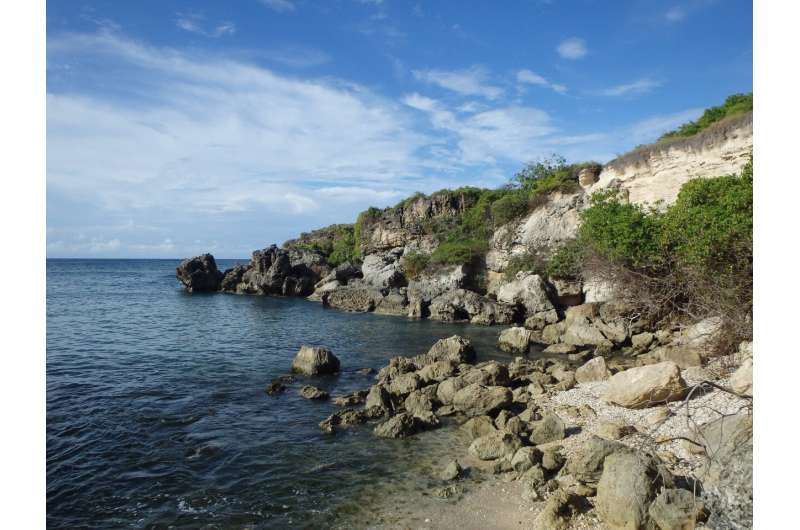
Gecko guardians
The Barbados leaf-toed gecko was thought to be extinct until a tiny population was rediscovered in 2011. Coastal development and invasive predators pose grave threats to the survival of the remaining lizards, which are now confined to a narrow strip of the rocky east coast.
Together with the Barbados Defence Force and the Ministry of Environment and National Beautification among others, FFI is creating a new alien-free sanctuary to relieve the pressure on the lizard affectionately known as the BLT gecko, which is being sandwiched between these land-based threats and the problem presented by rising sea levels.
Caribbean jewel
The entire world population of the Union Island gecko (main photo) is contained within a 50-hectare patch of forest in St Vincent and the Grenadines. By 2016 the area was so heavily scoured by collectors for the pet trade that the future of this miniature gem of a lizard was in the balance.
Patrols by a new team of community wardens have already achieved a sharp drop in poaching, and FFI recently assisted the government to add this critically endangered gecko to Appendix I of CITES, meaning that trafficking this species carries the same penalties as for tiger bones and rhino horns. Our latest analyses show that trafficking has dropped by over 80%.
Reptile resurgence
The above cameos exemplify how FFI, working hand in glove with local partners, is helping critically endangered Caribbean reptiles to rebound. And they are by no means the only beneficiaries. To date, FFI has been instrumental in the restoration of almost 30 separate island ecosystems across five countries, helping hundreds of animal and plant species in the process. The work has boosted job prospects and revenue for local communities through nature-based tourism, and helped to improve resilience to the increasingly severe impacts of climate-related natural disasters.
We have ambitious plans to scale up our conservation efforts in the Caribbean region, resuscitating a wide range of reptiles from leatherback turtles to Lesser Antillean iguanas and the Little Scrub ground lizard, and we are seeking sponsors to help save more species.
Provided by Fauna & Flora International





















